Is this ok? Our Motorized Dispersed Camping Practices
Getting out there and camping in amazing places is our happy place. But where is it ok to camp and how can we be better campers, leaving it better than we found it for the next camper? It's hard to figure out sometimes with a variety of rules and regulations or sometimes no information at all...
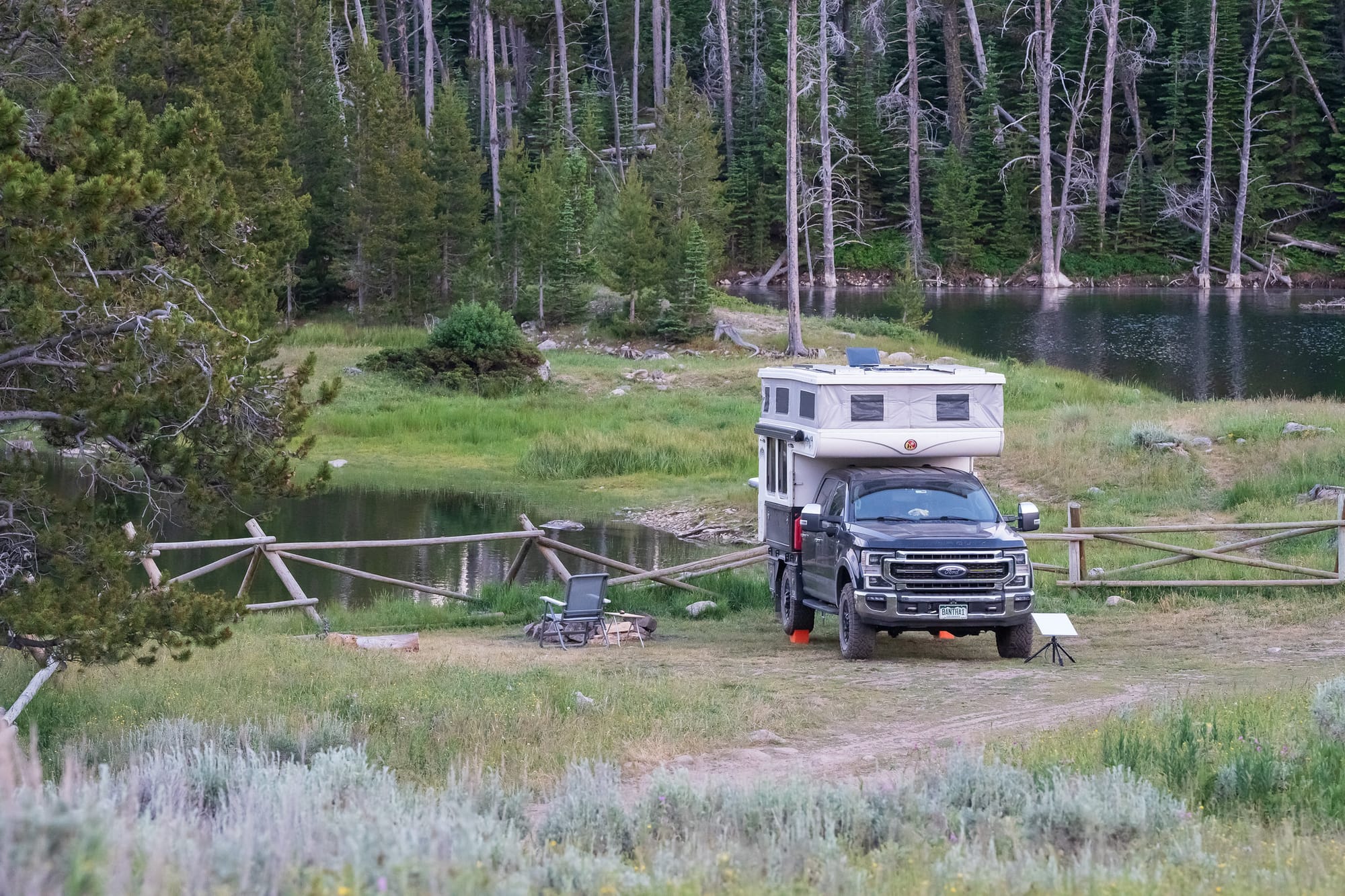
Getting out there and camping in amazing places is our happy place. We love pouring over maps and trail descriptions to find new places to explore, and can't wait until our next trip. It's while driving down those dusty dirt roads, dispersed camping in an amazing place, or hiking that we recharge from the rules and responsibilities of everyday life. Dispersed camping is so special because it allows us to get away from the crowds, truly getting away from it all - planning, people, noise, and other distractions. And yet here I am talking about rules and regulations. Can you just find a campsite that someone else already used and call it good enough?

Finding an established dispersed campsite, whether using satellite imagery or in person, is certainly a good way to start. However, that doesn't necessarily mean you're allowed to camp there. There are a variety of reasons why it might not be a good dispersed campsite. It could violate the local rules and regulations. It could be too far away from the road or it could be too close to water. Or even for reasons that aren't rules but rather norms like camping too close to other dispersed campers and impacting their solitude. These things matter to me because I want to be a good neighbor and because I want to be able to continue doing this thing I love. I want to be able to continue to have my happy place escape. And selfishly, I also want to enjoy myself while dispersed camping rather than being annoyed by a noisy neighbor or wondering if I'm going to get a knock in the middle of the night.
On the whole, there isn't more public land or dispersed camping areas being created. At best, we get to keep using what we already have. There are many examples of dispersed camping areas being shut down or limited via designated dispersed campsites. We all need to be good stewards of our public lands and land rights. Each one of us contributes to keeping our playground open, clean, and green through our actions. Because our actions have impacts on the ecosystems and land around us. And our actions have impacts on the people around us. People learn behavior from other people. If someone sees me burning my trash they will be more likely to assume they should burn their trash. I don't burn trash by the way, because trash doesn't burn all that well. And forest fires. I know you know this, but I've been surprised by the camping practices that seemed normal to me at the time but now are something I don't do anymore.

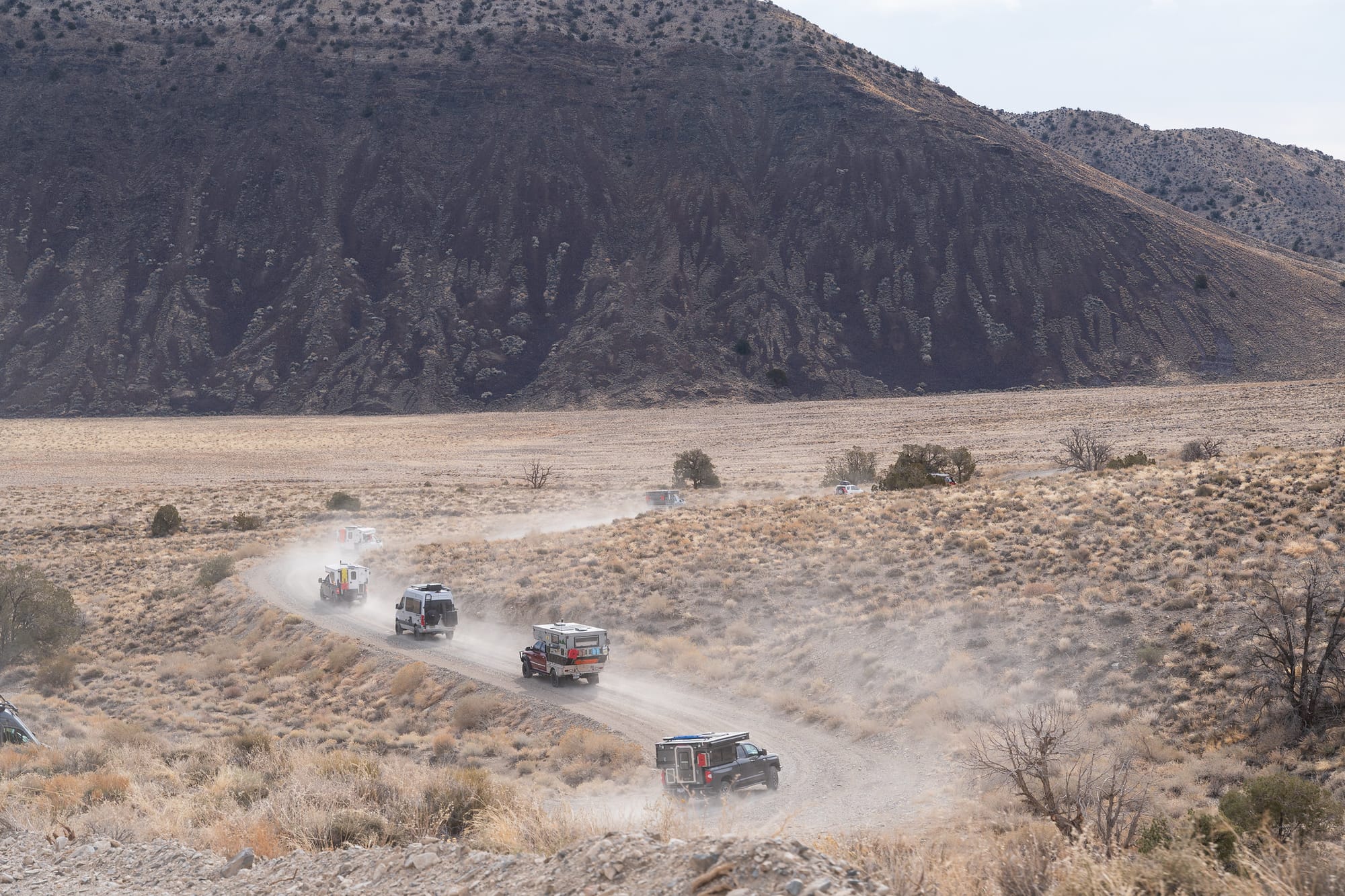
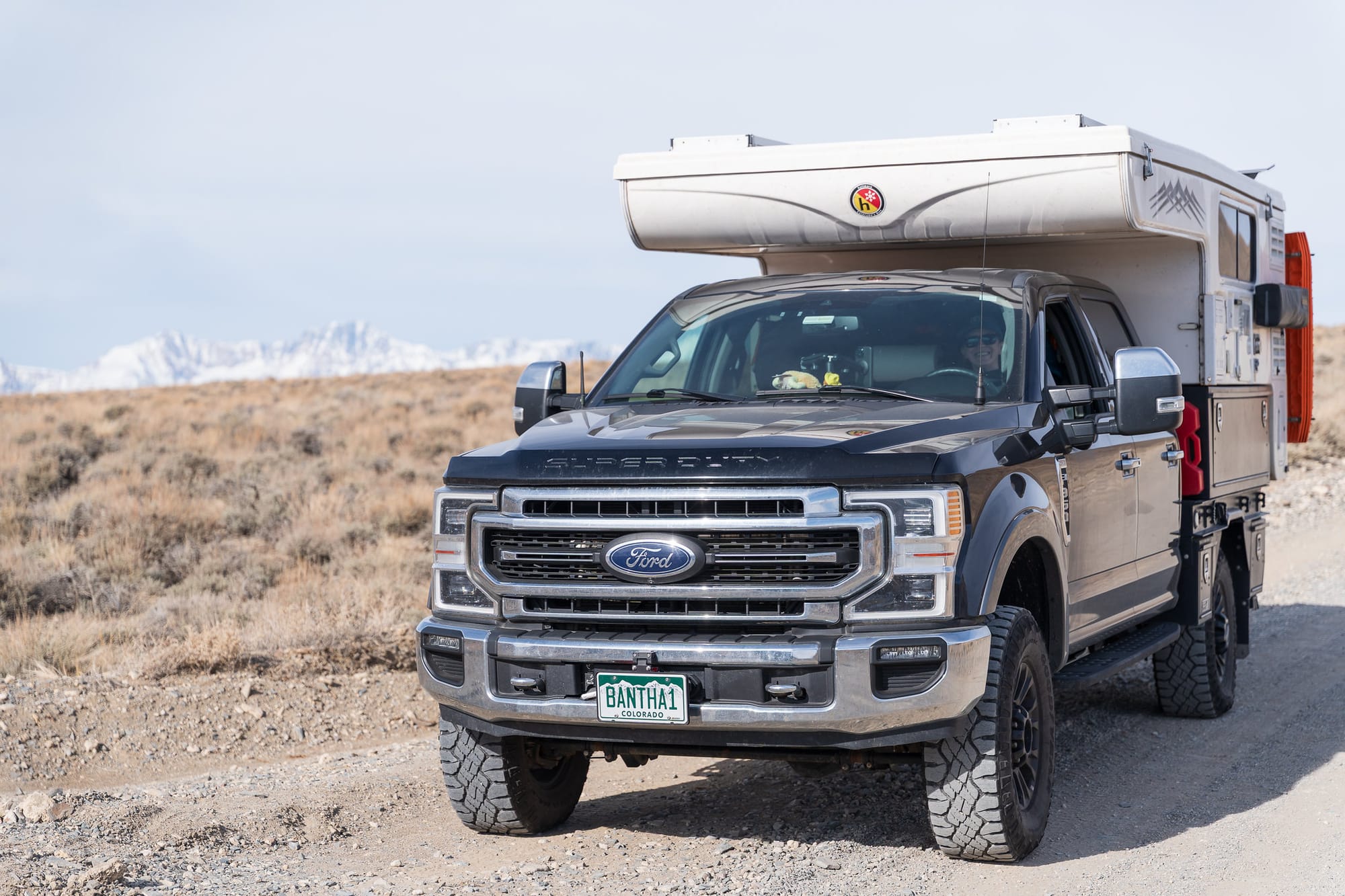
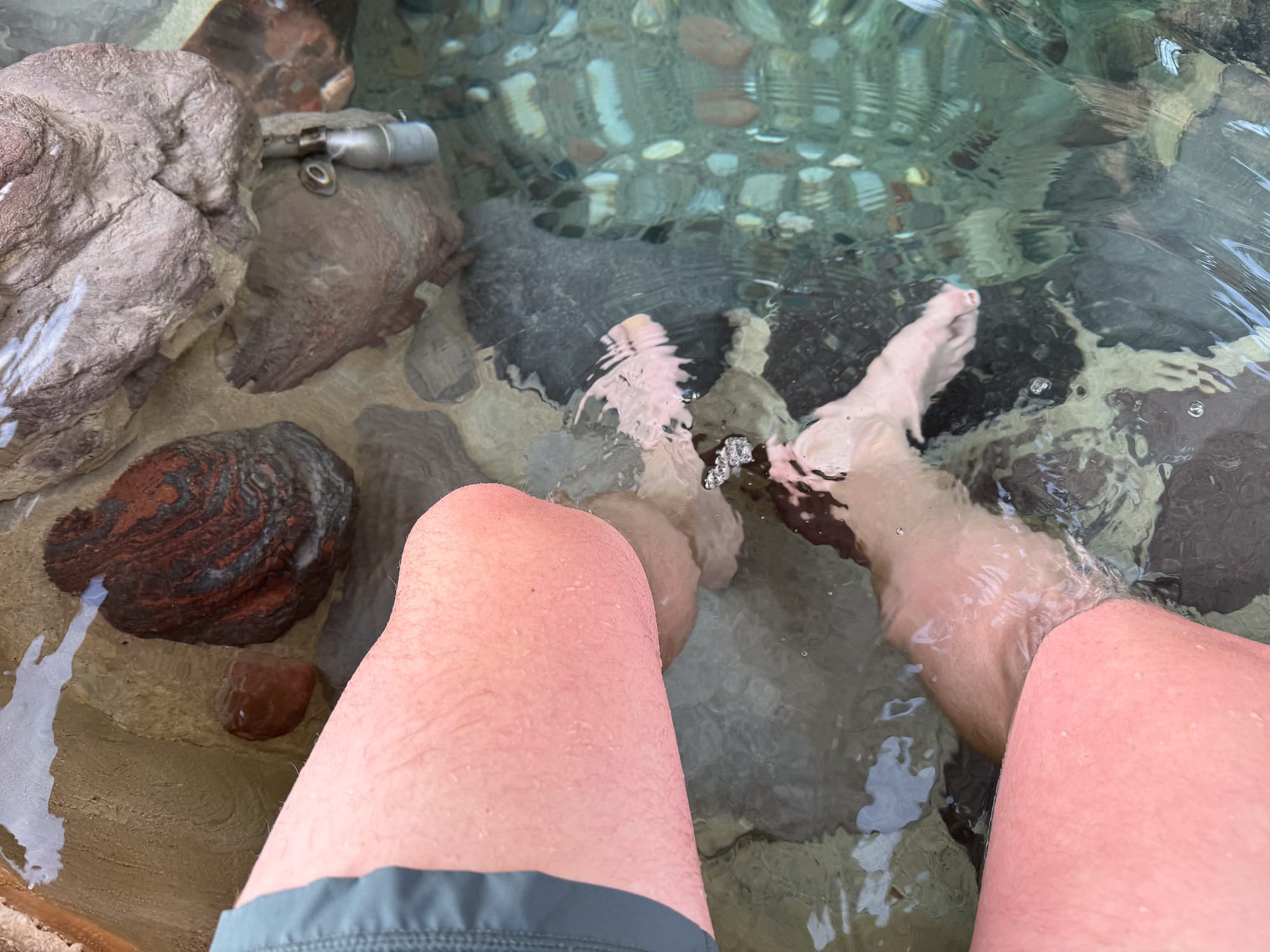
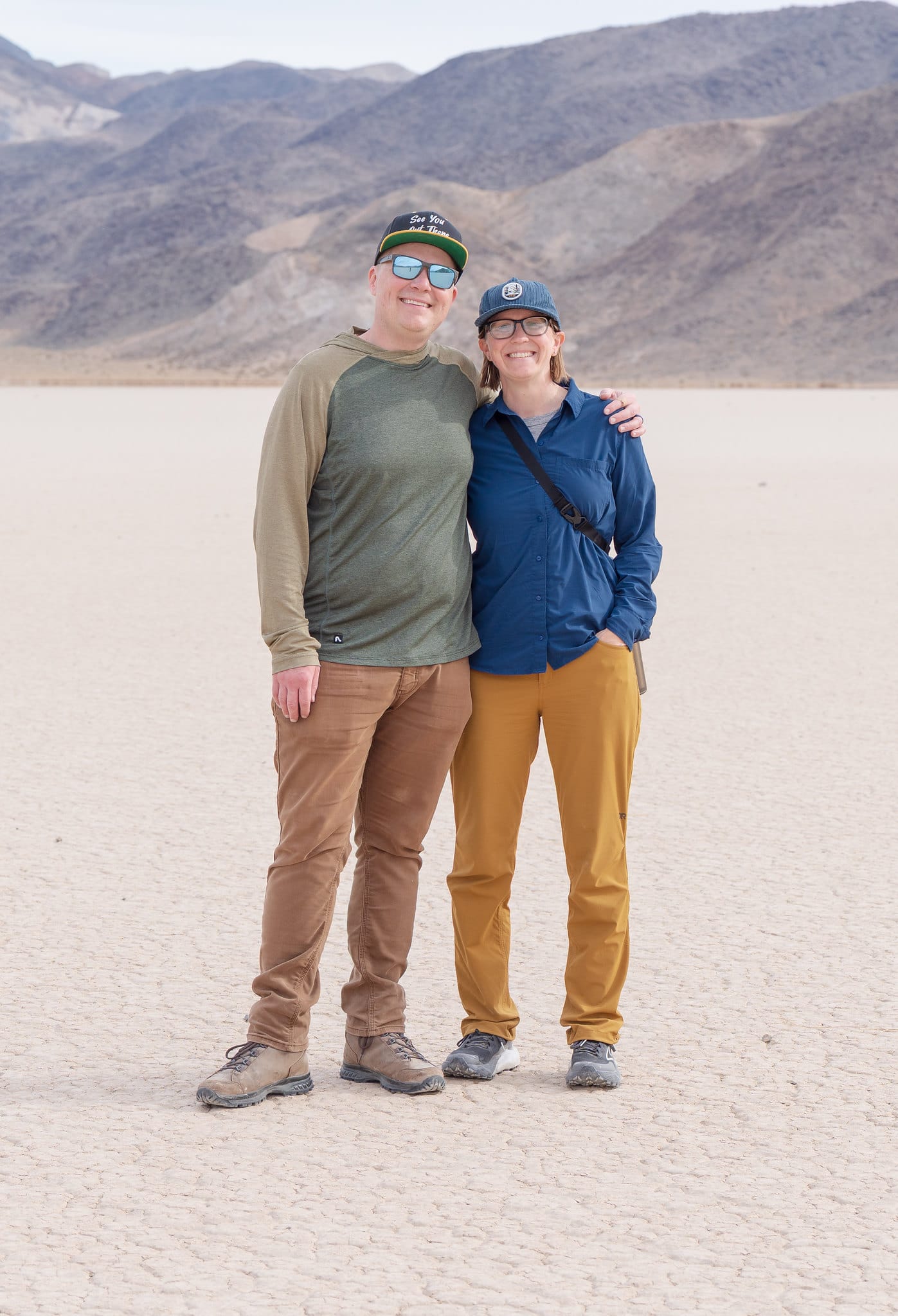
Exploring along dirt roads and around dispersed campsites
Most people that I've met out there want to do the right thing. But it's not always easy to understand the rules and regulations for finding dispersed campsites and camping responsibly. It can be hard to find rules for the area where you're traveling on a variety of poorly organized government websites and procedures. If you've ever tried to read a USFS MVUM map or Forest Order you know what I mean. Nothing against our awesome public servants, it's just that they're required to follow the process specified by the government. And that's if you can find any information at all. I can't count the number of times that I've excitedly found a sign in the middle of nowhere only to find the sign is unintelligible due to age or bullet holes.
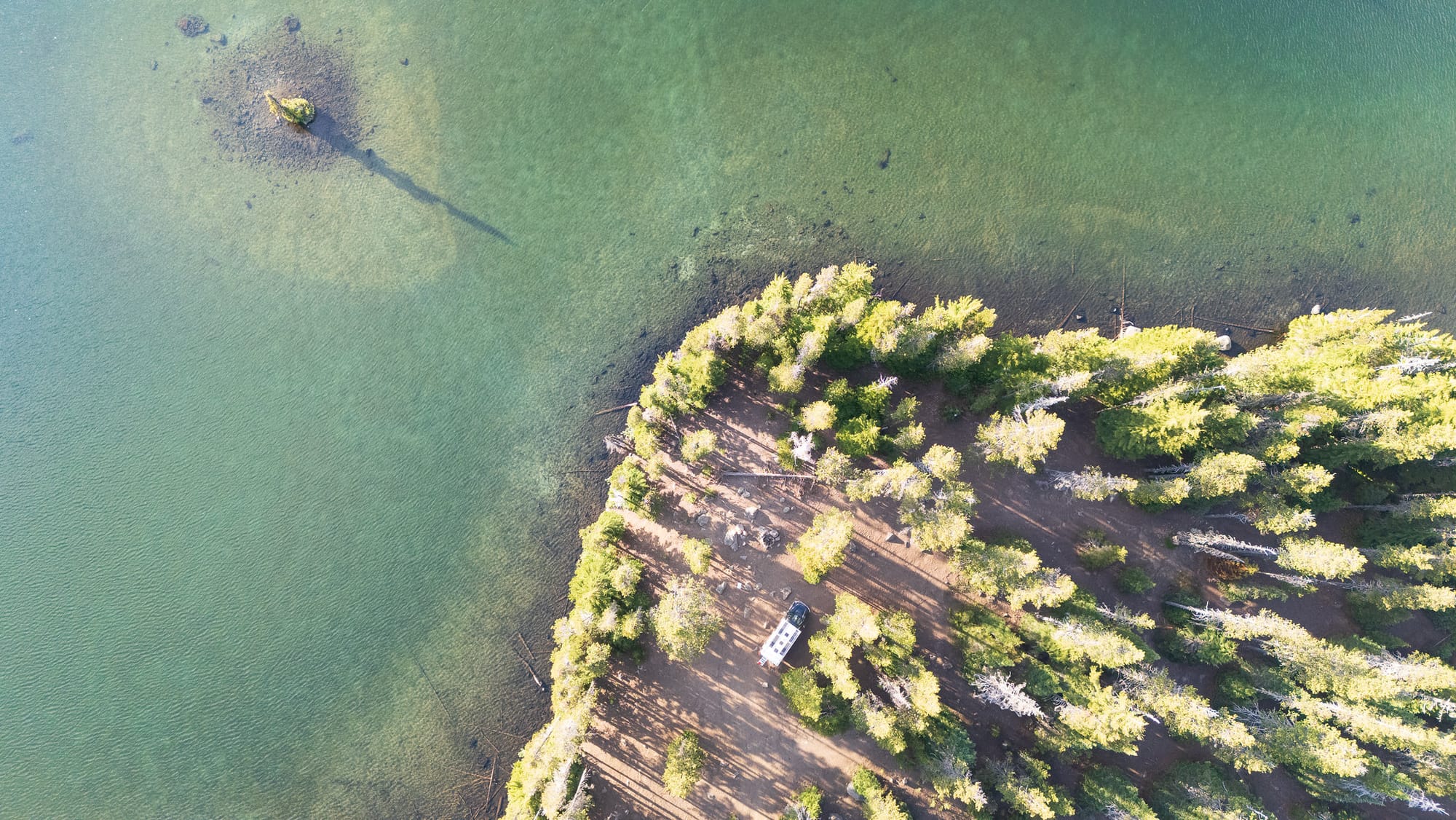
Over the years, I've made it into a bit of a research project to learn as much about dispersed camping rules, regulations, practices, and norms as possible, making a dispersed camping cheatsheet. The cheatsheet covers getting to camp, where to camp (and where not to camp), how to select a campsite, and how to camp responsibly like dealing with trash, pee, poop, grey water, and more. It doesn't cover every regulation, but it covers the most important guidelines and norms from Leave No Trace, Tread Lightly, and across NPS, USFS, and BLM in the United States. The cheatsheet has the guidelines I follow when I can't find more information. And so far, it's helped me camp at 100s of awesome dispersed campsites confidently and without any incidents.
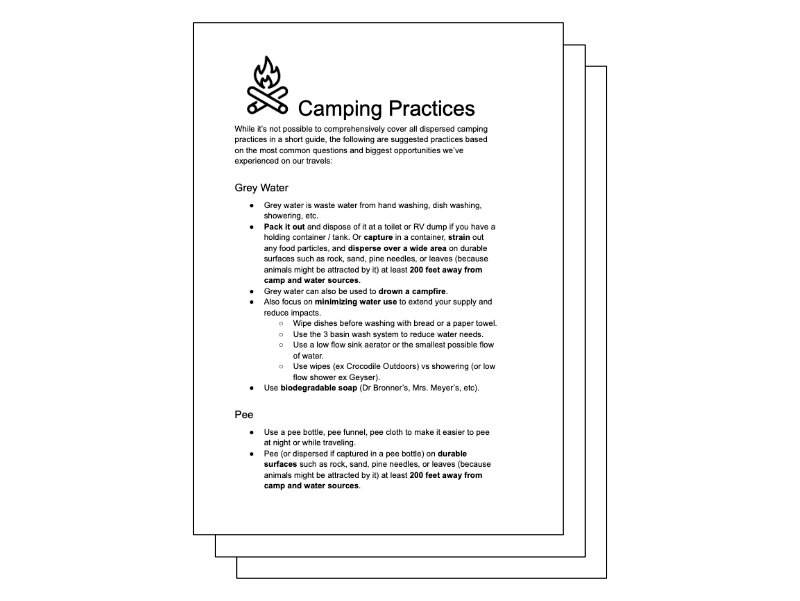
Our mission at Bantha Overland is to inspire and enable you to get out there more often so you too can experience the restorative power of overland-based travel, travel, play, and connection. That's why we're sharing our Motorized Dispersed Camping Regulations & Practice Mini Field Guide with you for free. We hope it helps you get out there more confidently while enjoying the journey. And please let us know if you have feedback to make it better.
See you out there,
-Adam
